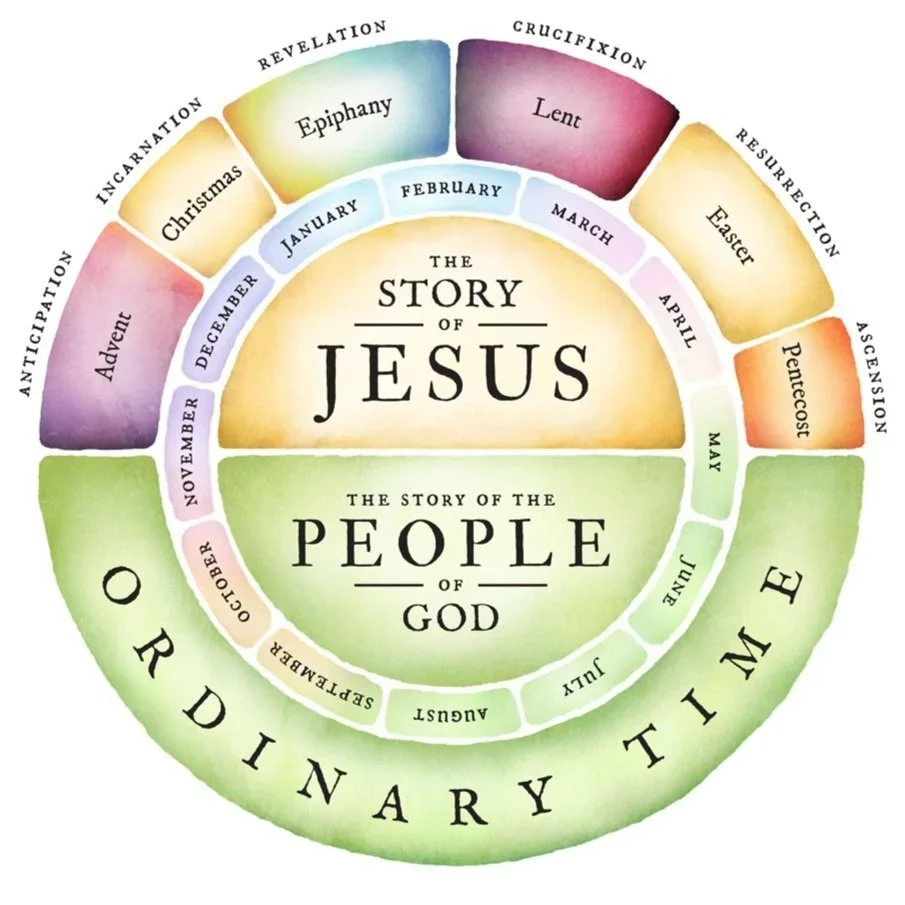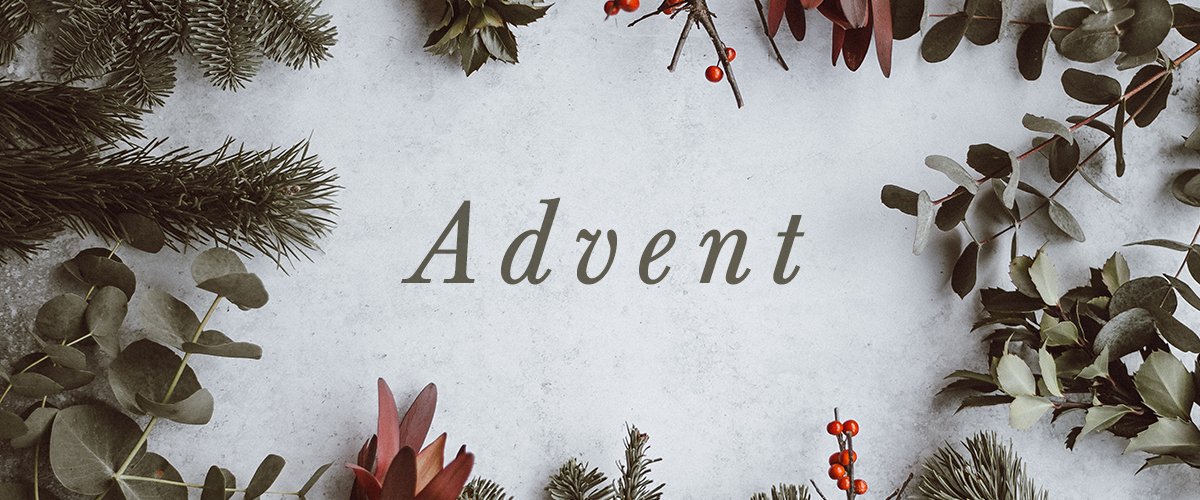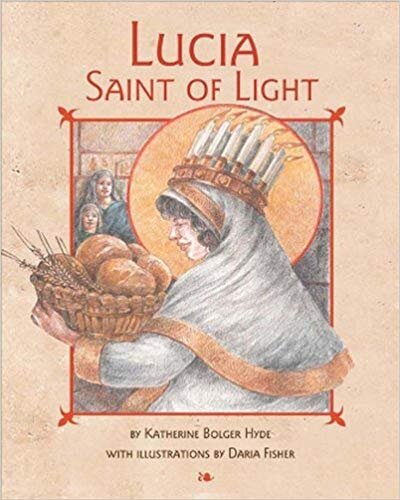An Introduction to the Church Year
If you’re new to the Lutheran tradition—or to any church that follows the historic liturgical year—you might wonder why the calendar feels so different from the one hanging on your wall at home.
The Church Year is not just a schedule, it’s a story. And even more—it’s your story in Christ.
Instead of structuring our spiritual lives around deadlines, sports seasons, school calendars, or holidays created by marketing teams, the Church Year invites us to structure our lives around the life of Jesus. Every season helps us remember, celebrate, and enter more deeply into what Christ has done for us and what He is doing in us.
It’s a way of saying, week after week: “My life is hidden with Christ.” (Col. 3:3)
Let’s walk through these seasons together.
Advent — Anticipating the Coming Christ
Advent is the beginning of the Church Year—a season of waiting, longing, and expectation. It stands in quiet contrast to the frenzy of December. Here we slow down and learn to pray: “Come, Lord Jesus.”
We remember His first coming in Bethlehem.
We recognize His coming to us now through His Word and Sacraments.
We anticipate His final coming to make all things new.
Advent trains our hearts in holy longing—teaching us to desire Christ above all.
Christmas — Celebrating God Coming in the Flesh
At Christmas, the waiting gives way to wonder. For twelve days, the Church celebrates what Christians call the Incarnation—God taking on human flesh. Not a myth. Not a metaphor. God actually came among us. Christmas tells us that God is not distant, but near. Not abstract or cold, but embodied and compassionate.
This season invites us to marvel at the humility, tenderness, and glory of Jesus—God with us.
Epiphany — Christ Revealed as Savior of the World
After Christmas comes Epiphany, a season of light. The word epiphany means “revelation,” and this season focuses on moments when Jesus’s identity shines clearly—His baptism, His miracles, His teaching, His call to the nations.
If Christmas tells us who He is, Epiphany shows us what He came to do: bring salvation to the whole world. It’s a season that expands our vision and enlarges our love.
Lent — Preparing for Holy Week
Lent is a season of repentance, reflection, and returning to the Lord. It’s not about earning God’s favor—Christ already won that for us. Lent simply helps us see how much we need Him and invite the Spirit to cleanse our hearts from the sin and distractions that keep us at arms distance. During these forty days, we echo the ancient prayer: “Create in me a clean heart, O God.”
This season trains us in humility, honesty, and hope as we prepare for the central story of our faith.
Holy Week — The Heart of the Christian Story
Holy Week brings us to the center of it all.
Palm Sunday — Jesus enters Jerusalem as King.
Maundy Thursday — He gives us His body and blood in the Supper.
Good Friday — He dies for the sins of the world.
Holy Saturday — He rests in the tomb.
Easter Sunday — He rises in victory.
This is the week that changed the world—and changes us. Holy Week invites us into the depth of Christ’s love, the weight of His sacrifice, and the joy of His resurrection.
Pentecost — The Spirit Sends Us Into the World
Fifty days after Easter, we celebrate Pentecost—the moment when the Holy Spirit descended on the disciples and the Church was filled with power.
Pentecost reminds us that:
The Christian life is Spirit-enabled.
The Church has the glorious tasks of sharing Jesus with the world.
Christ continues His work through us.
What begins at Pentecost continues today in every congregation—including ours—as the Spirit forms Christ in us and sends us out as His witnesses.
Why the Church Year Matters
For many who are new to this tradition, the Church Year becomes one of the most meaningful discoveries of their Christian life. It gives:
Beauty
Each season paints a different facet of the gospel—light, joy, repentance, hope, victory.
Stability
In a chaotic world, you’re rooted in something older, deeper, and steadier than culture’s constant changes.
Formation
The Church Year shapes your heart over time, teaching you to live your days in step with Christ.
Joy
You don’t just learn about Jesus—you journey with Him.
Walking through the Church Year is like walking through the gospel again and again until it becomes part of you.
Your Invitation to Enter the Church Year
The Church Year isn’t just an idea or a history lesson—it’s a lived journey of formation, worship, and joy. It’s a way of letting the life of Christ shape the rhythm of your life… week by week, season by season, promise by promise.
And you’re invited to step into it with us.
At Trinity San Antonio, we walk this sacred path together—waiting in Advent, rejoicing at Christmas, beholding Christ in Epiphany, slowing down in Lent, standing in awe during Holy Week, and living in the Spirit’s power throughout Pentecost. Every Sunday is a doorway deeper into the story of Jesus and into the life God is forming in us.
If you’re longing for a church family, curious about historic Christian worship, or simply ready for something deeper and more rooted—come join us.
Visit us this Sunday at 10:30am and begin the journey. We’d love to walk it with you.
~ Pastor Matthew Ballmann








